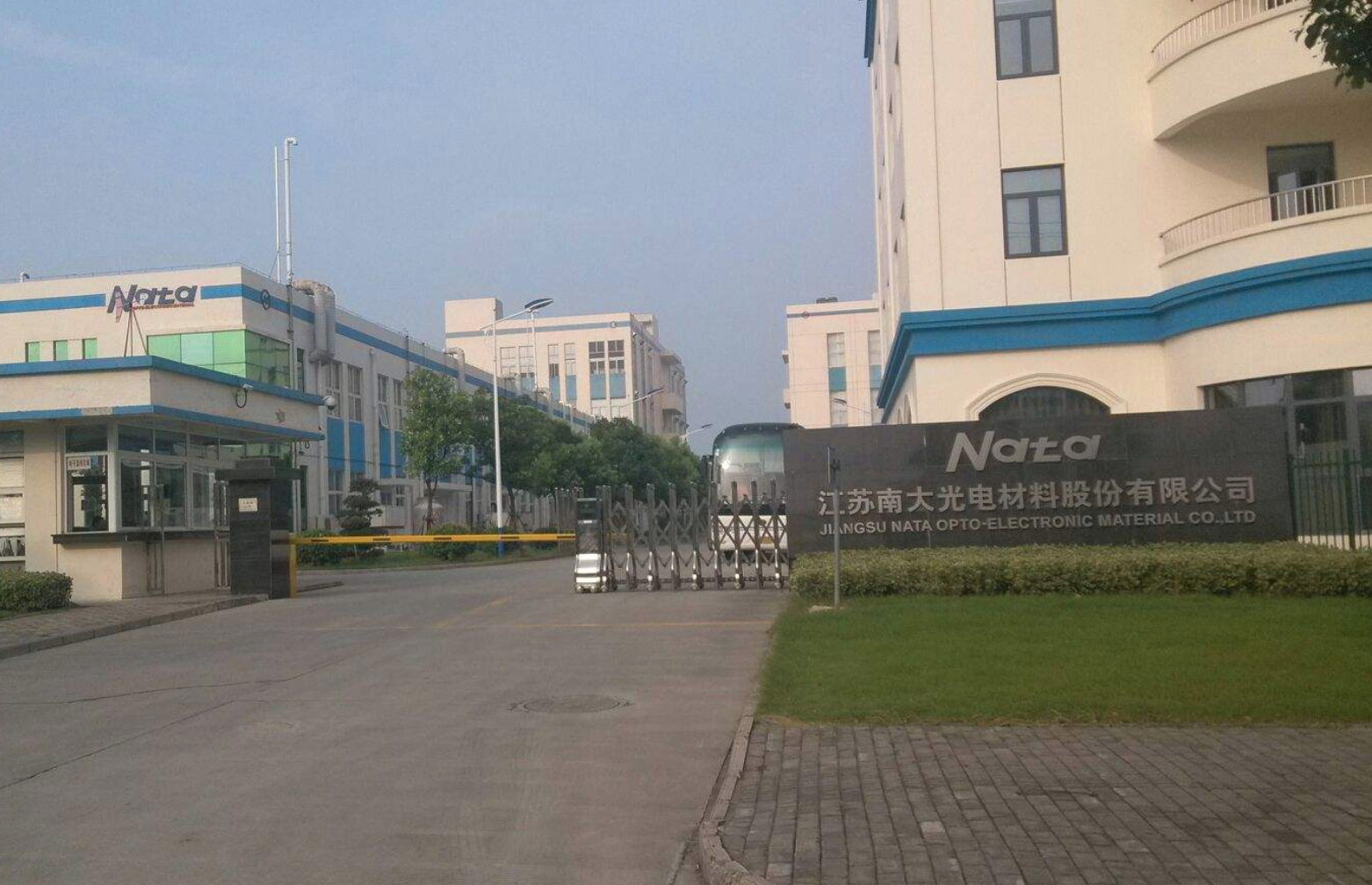@jfcarli bro an article from last year, they had a major breakthrough and this recent news indicated their plan expansion is on schedule. Its one of many technical breakthrough that had been achieved and I'm excited about this coming ICRD verification of the localized 14nm line. If successful then the targeted 7nm localized line is within reached hopefully by late next year

.
Chinese firm's ArF photoresist makes major breakthrough and can be used for 7nm process
May 22, 2020
As one of the key technologies for semiconductors, many people only know about photolithography, but do not know the importance of photoresist.
This market is also monopolized by Japanese and American companies, with TOP 5 players accounting for 85% of the global market.
Chinese photoresist was previously only used in low-end process lines, which can achieve G (436nm) and I (365nm) levels.
At present, the main ArF photoresist used in China is still imported, EUV photoresist is not yet produced by any company, it is basically controlled by Japanese company.
However, EUV photoresist is not urgently needed, because China does not yet have mass production of EUV process, 193nm ArF photoresist is even more important, there are several companies in China are currently working on this kind of photoresist, which can be used in advanced process from 28nm to 7nm process.
Today, Jiangsu Nata Opto said that the company's ArF photoresist is on track for customer testing, which means that China's ArF photoresist technology has made an important breakthrough, moving from R&D to production.
According to Nata's previous information, the company started developing the 193nm photoresist project in 2017 and has been awarded the project "02 Special Project" by the State.
The company plans to reach an annual production capacity of 25 tons of 193nm (ArF dry and submerged) photoresist products that will meet the demand standards of the integrated circuit industry through three years of construction, production and sales.

